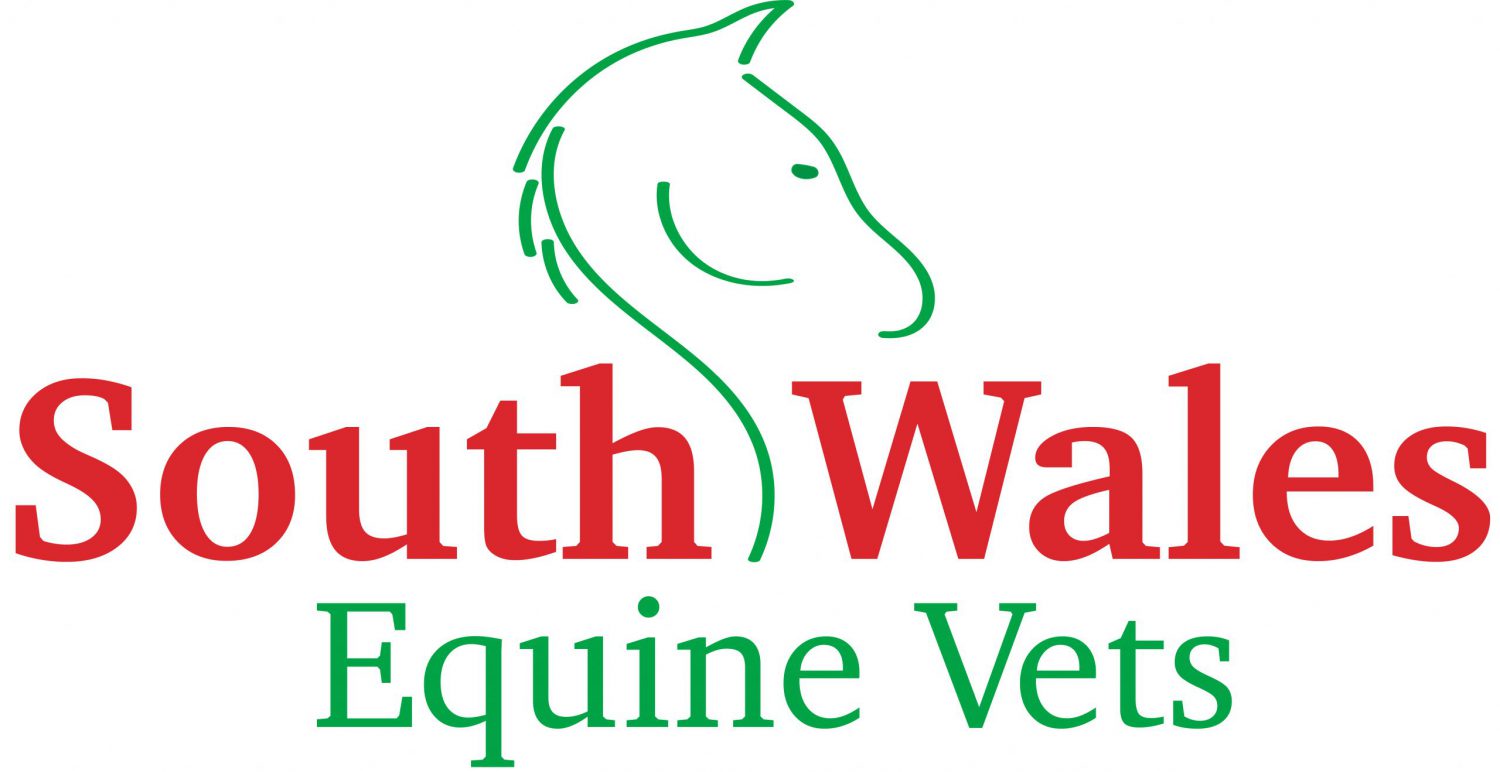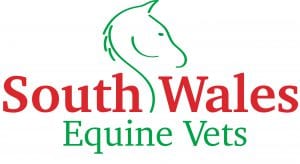Obesity in horses and ponies is increasingly problematic in the UK. Some studies estimate that up to 85% of pleasure horses are overweight. As well as affecting their general wellbeing, obesity puts unnecessary strain on joints and tendons and can cause respiratory issues, metabolic problems and ultimately lead to laminitis.
Keeping the ‘good doer’ at an ideal weight is never easy. Getting weight off an already obese horse or pony is even harder. However, with the right tools and management, achieving the right weight and body condition for your horse or pony is possible.
What is the ideal weight for my horse?
The ideal weight for your horse will depend on a number of factors including breed type and height, age, level of work and any other health issues they have. Your vet will be able to give you advice on a sensible target weight depending on these criteria. Body condition scoring can also help you to identify the optimal weight of your horse.
It is important to regularly monitor the weight and body condition of your horse. This will help you to spot increasing and decreasing trends.
Weight management tools
Although not 100% accurate, weigh tapes can be a useful tool to monitor weight gain/loss. This is especially so when used in conjunction with Body Condition Scoring. To ensure consistent readings, it is important to ensure that the same tape is used each time, the tape is placed in the same position and it is also useful to measure at the same time of day.
Body condition scoring (BCS) measures the amount of stored fat on the horse’s body. When used in combination with a weigh tape, this provides a good indication of whether your horse is a healthy weight or not.
Weigh bridges provide accurate body weight measurements. Your veterinary practice may have a weigh bridge at their clinic or the vet may be able to organise a weight clinic for your yard with a portable weigh bridge.
Crest measurement is also another way of monitoring weight loss. To do this, find the midpoint of your horse’s neck (half way along the crest from the top to the bottom of the mane) and with your horse holding his head at normal height, measure around the circumference of the neck using a household measuring tape or the weigh tape if it has a measure on it.
As well as acting as another measure of weight loss, measuring the crest size is important for other reasons. Not all fat is equal. In humans, adipose (fat) tissue that is deposited around the waist is associated with an increased risk of cardiovascular disease and type 2 diabetes. In horses and ponies, fat tissue deposited in the crest is associated with an increased risk of laminitis. Therefore, by reducing the size of your horse or pony’s crest, you are reducing the risk of them developing this painful and debilitating disease.
If your horse needs to lose weight
- As a starting point, measure your horse’s weight and body condition score so that you can monitor progress. It may be helpful to take a photo.
- Ask your vet to give you some advice on the optimal target weight for your horse.
- To achieve steady weight loss, you should be feeding your horse no more than 1.5% of their body weight per day. This includes all grass, hay, chaff and other feed.
- During the weight loss period, a combination of hay and low-calorie chaff should make up the bulk of your horse’s diet.
- A vitamin and mineral supplement or feed balancer is recommended. This is to ensure that your horse gets all the trace elements they need.
A pony weighing 300kg should receive no more than:
- 300kg x 1.5% = 4.5kg total feed a day
- This ration might be made up of:
- Morning feed of chaff & feed balancer = 0.25kg
- Morning hay net = 1.5kg
- Lunchtime hay net = 1kg
- Evening feed of chaff & feed balancer = 0.25kg
- Evening hay net = 1.5kg
- Total = 4.5kg
Note: Free access to a salt block & fresh water should be allowed at all times.
Use a spring scale to weigh your hay nets (pre-soaked weight) and bucket feed. It is advised to soak your hay for at least 4 hours in clean water before feeding it as this helps to reduce its calorie & sugar content.
Grazing should be as limited as possible. This can be done by turning out in a bare paddock or fitting a grazing muzzle. If you are using a grazing muzzle always ensure that your horse is comfortable and able to drink normally.
Exercise
Exercise is an important part of your horse’s weight loss plan. This is as long as your horse is not suffering from laminitis or if there is another reason why they can’t be exercised. This doesn’t have to be ridden exercise, it can include lunging, long reining, loose schooling or just hand walking.
The exercise should be active work and for at least 20 minutes per session. If your horse is unfit, 3 sessions per week is a good starting point. Aim to build up to 5 sessions a week. A brisk walk or steady trot will burn more fat than faster work such as canter. Find ways to build more walking into your horse’s day.
If you are in any doubt as to whether your horse can be exercised or not, consult with your vet first.
Monitoring your horse’s weight loss
Weigh and assess the body condition of your horse every two weeks. Make sure to keep a record of the measurements each time.
Your vet can help you estimate your horse’s target weight. A BCS score of ‘Good’ or ‘Moderate’ will be a good indication as to when your horse has achieved their optimal weight.
Top tips for equine weight loss
- Soak hay in fresh water for at least 4 hours to reduce its calorie and sugar content.
- Divide the daily hay ration into as many separate meals as possible. If your horse is turned out onto a yard or bare paddock, hanging two separate hay nets up at opposite ends of the yard or paddock will help to mimic your horse’s natural grazing pattern and encourage exercise.
- Double netting your hay will make holes smaller and so increase the time taken to eat the hay.
- If safe to do so, hanging a net of hay from the ceiling in the middle of the stable will make it harder for your horse to eat as they cannot push it against a wall to pull the hay out.
- Fibre cubes in a feed ball is a good way of relieving boredom and adding variety to the diet. Just make sure that you measure the weight of the fibre cubes and reduce the hay/chaff ration accordingly.
- Don’t feed any treats!
- If your horse has to be turned out on a grassy paddock, invest in a good sturdy grazing muzzle to limit the amount of grass eaten. If you find that your horse is not losing weight, the grazing may need to be restricted further or the hay ration reduced appropriately.
- Consider if your horse really does need a rug. Horses have waterproof coats and their own central heating systems – digesting fibre burns calories and generates heat which helps them keep warm from the inside out.
Finally, don’t ‘crash diet’ your horse. Horses must have a steady intake of food to keep them healthy. Therefore you need to find ways of cutting down calories rather than significantly reducing quantity. Weight loss should be gradual and carefully planned.
Remember – most leisure horses get enough calories from grass intake alone. It may be necessary to reduce grass intake but make sure to provide additional minerals and vitamins.
Work with your vet, who will also be able to give you some additional advice on long term weight management once your horse has reached their target.
- Advice published on horsehealthprogramme.co.uk


